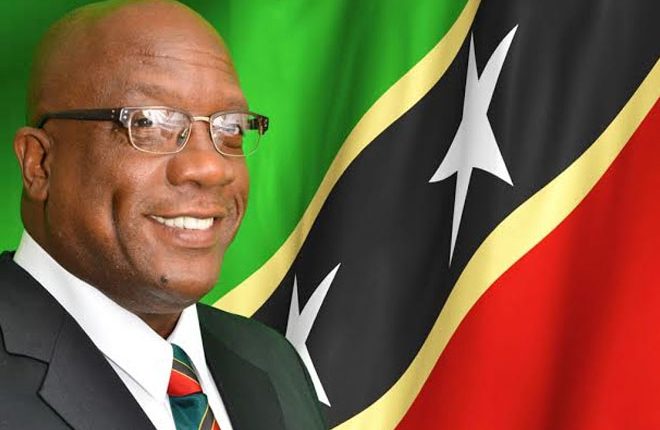The January 2015 Proclamation: A retrospective look, two years later
(PRESS SEC) —At an emergency sitting of the National Assembly of St. Kitts and Nevis on January 16th, 2015, the then-Prime Minister read a draft proclamation outlining the revised constituency boundaries that were to come into force for the next general elections.
The draft proclamation was intended to give effect to the recommendations of the Constituency Boundaries Commission, which had submitted its report to the then-Governor-General.
During the emergency sitting, the then-Prime Minister said the reason for being there was for the draft proclamation to be laid and debated in the National Assembly, after which it was to be approved by resolution of the House.
Section 50 of the Constitution deals with the review of constituency boundaries, and section 50(6) reads: “If any draft proclamation laid before the National Assembly under subsection (3) or (5) is approved by a resolution of the Assembly, the Prime Minister shall submit it to the Governor-General who shall make a proclamation in terms of the draft; and that proclamation shall come into force upon the next dissolution of Parliament after it is made.”
Shortly after the resolution was passed in the National Assembly on the evening of January 16th, 2015, the then-Governor-General made the proclamation at 6:20pm. At about 6:30pm, the then-Prime Minister announced on the steps of Government Headquarters that he had advised the Governor-General to dissolve the Parliament with immediate effect.
At 7:38pm, an injunction was granted to the then-Opposition Team Unity alliance and served on the then-Attorney-General at approximately 8:20pm.
Fast-forward to February 12th, 2015, the Judicial Committee of the Privy Council in London, England, which is the final court of appeal for St. Kitts and Nevis, declared in an oral decision that the general elections scheduled for four days later were to be conducted under the old boundaries.
Three months after the Team Unity alliance’s victory at the polls on February 16th, 2015, the Judicial Committee of the Privy Council gave its written judgment on May 11th, 2015.
The Privy Council’s judgment states that, “The Board has concluded that the dissolution of the National Assembly occurred before the impugned proclamation was made. Accordingly, the proclamation, if valid, did not govern the election which followed that dissolution.”
When something is “impugned,” it means that its validity is disputed, challenged or called into question.
Section 119 of the Constitution defines what a proclamation is, saying: “‘proclamation’ means a proclamation published in the Gazette or, if such publication is not reasonably practicable, published in Saint Christopher and Nevis by such means as are reasonably practicable and effective.”
The Privy Council’s written judgment further states that, “It follows, in the Board’s view, that the impugned proclamation was made no earlier than 20 January 2015 when it became available to the public by publication in the Gazette on the authority of the Governor-General. The proclamation dissolving Parliament was published at the same time. In that proclamation (which, like the impugned proclamation, was erroneously stated to be published on 16 January 2015) the Governor-General dissolved the Parliament ‘as from the 16 day of January, 2015.’ That dissolution, which unquestionably occurred with effect from 16 January, predated the ‘making’ of the impugned proclamation.”
The Privy Council in its written judgment adds: “As a result, the impugned proclamation, if valid, will have effect only on the dissolution of the Parliament that was elected on 16 February 2015 (section 50(6)).”

